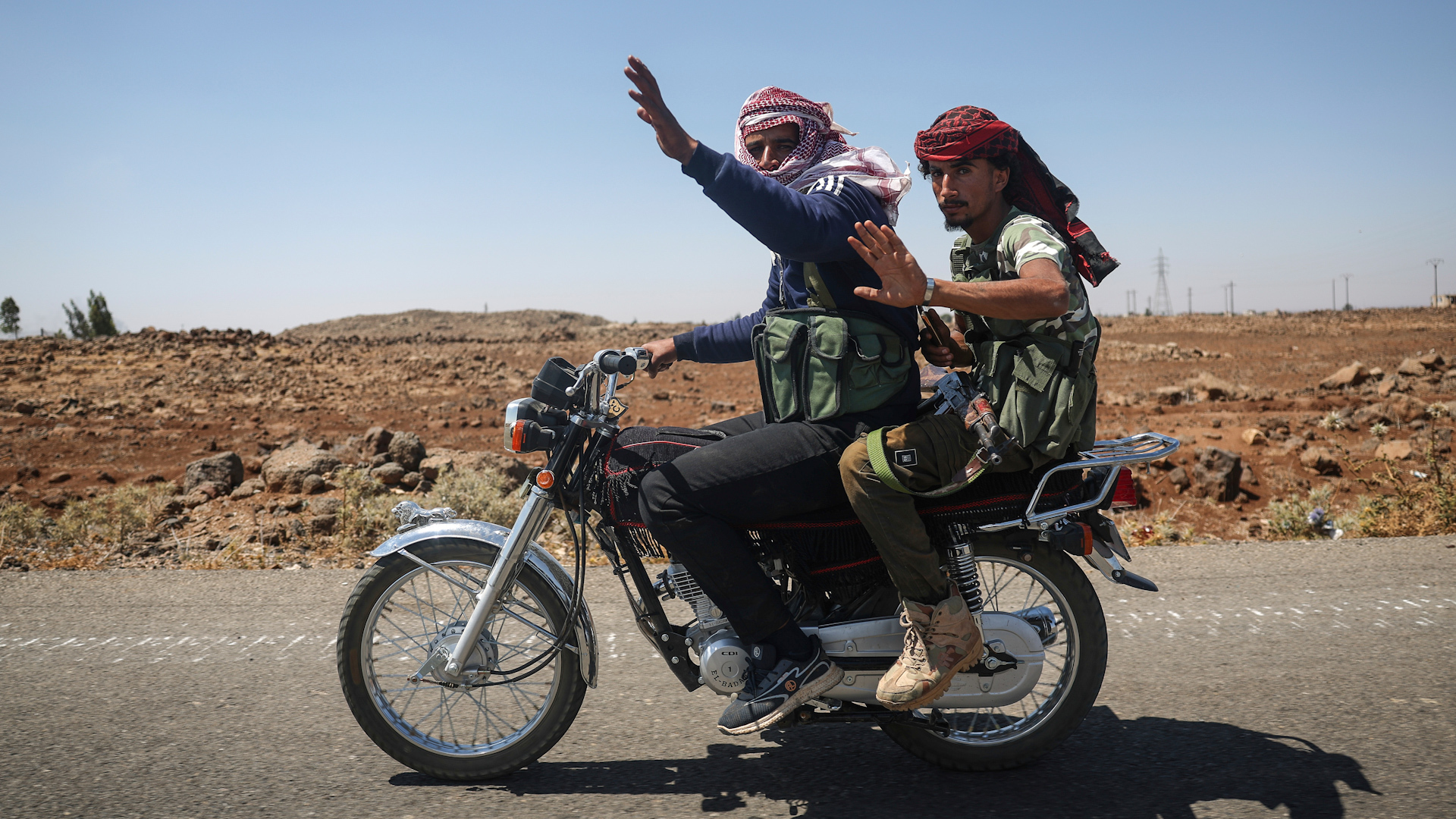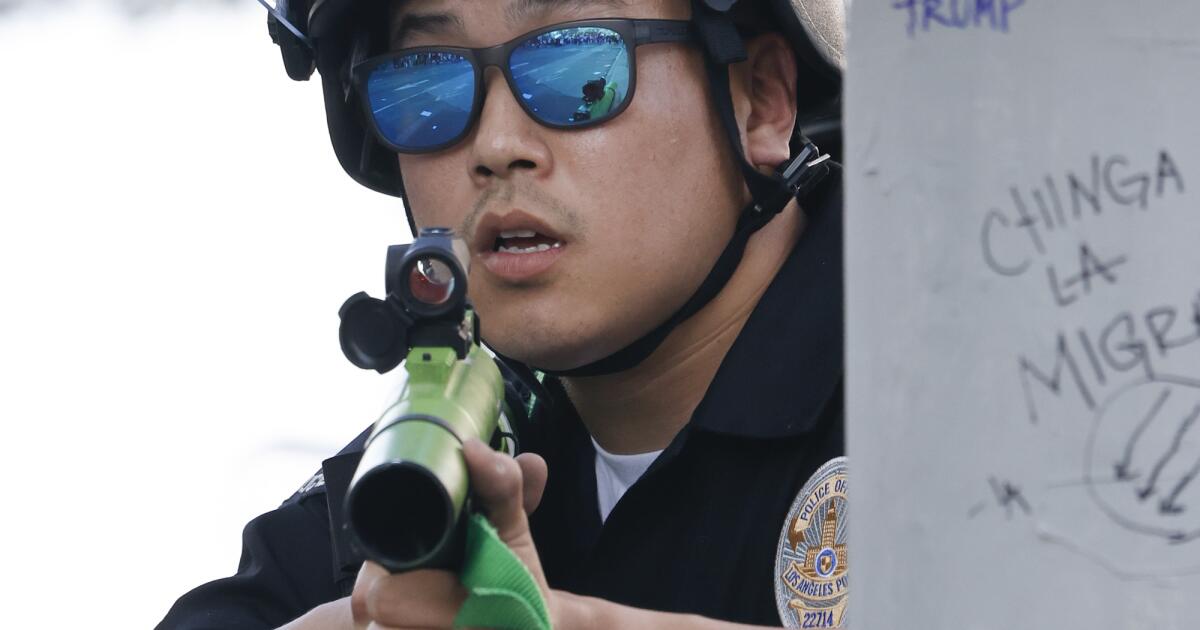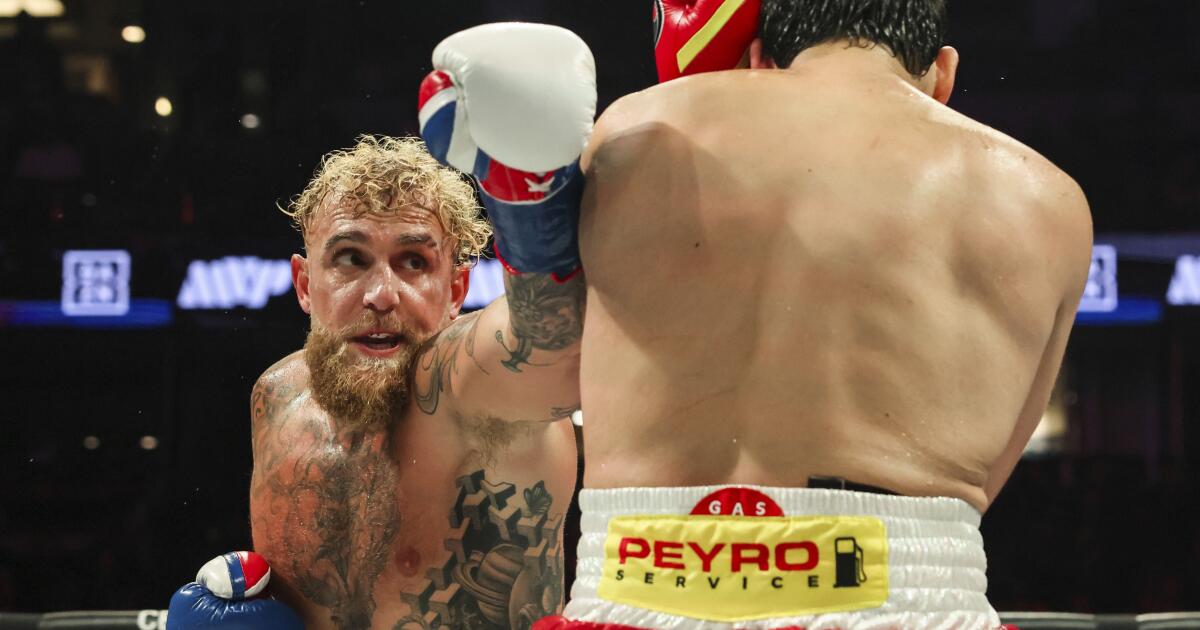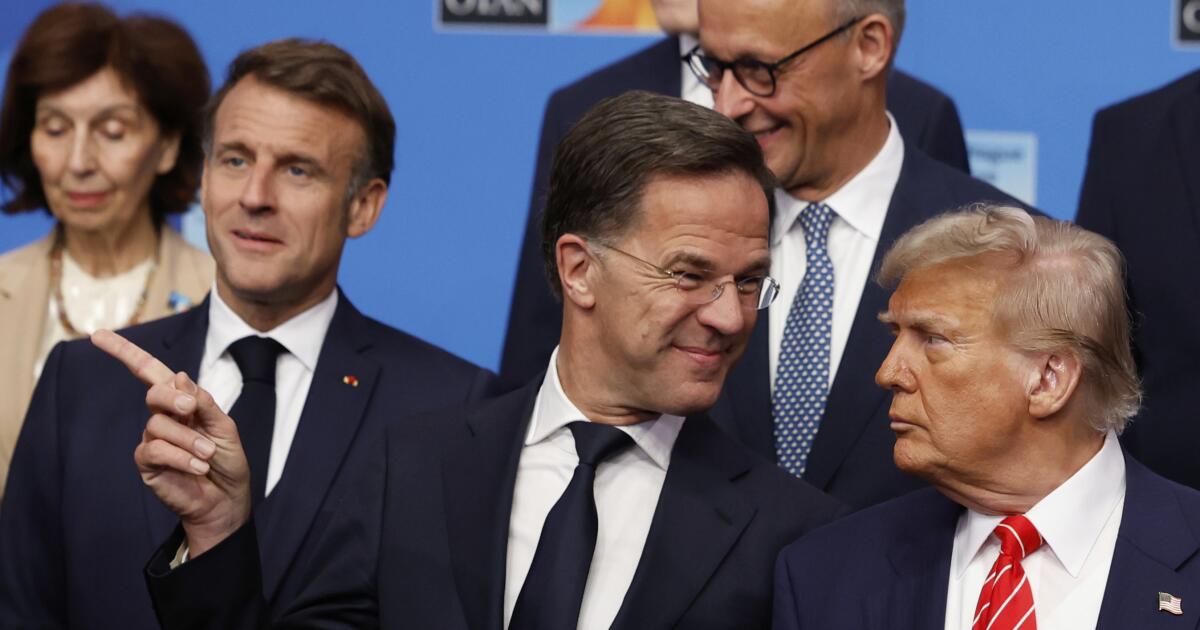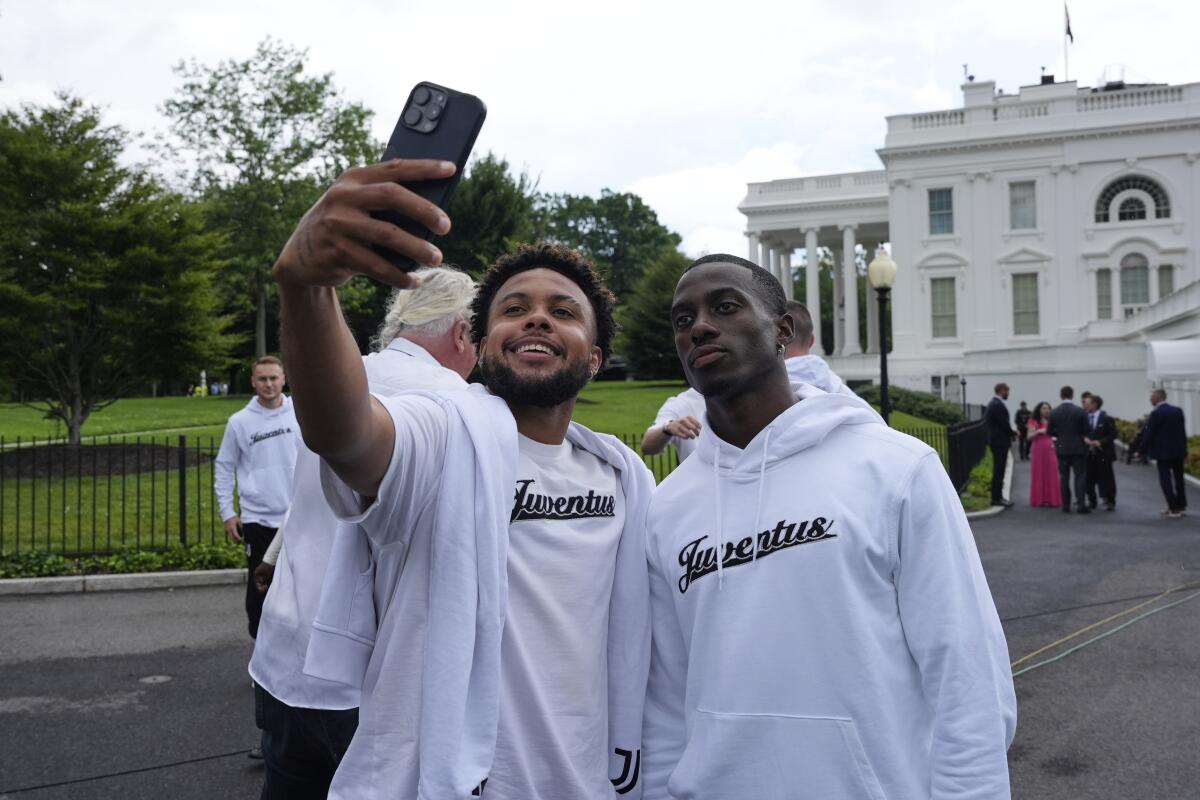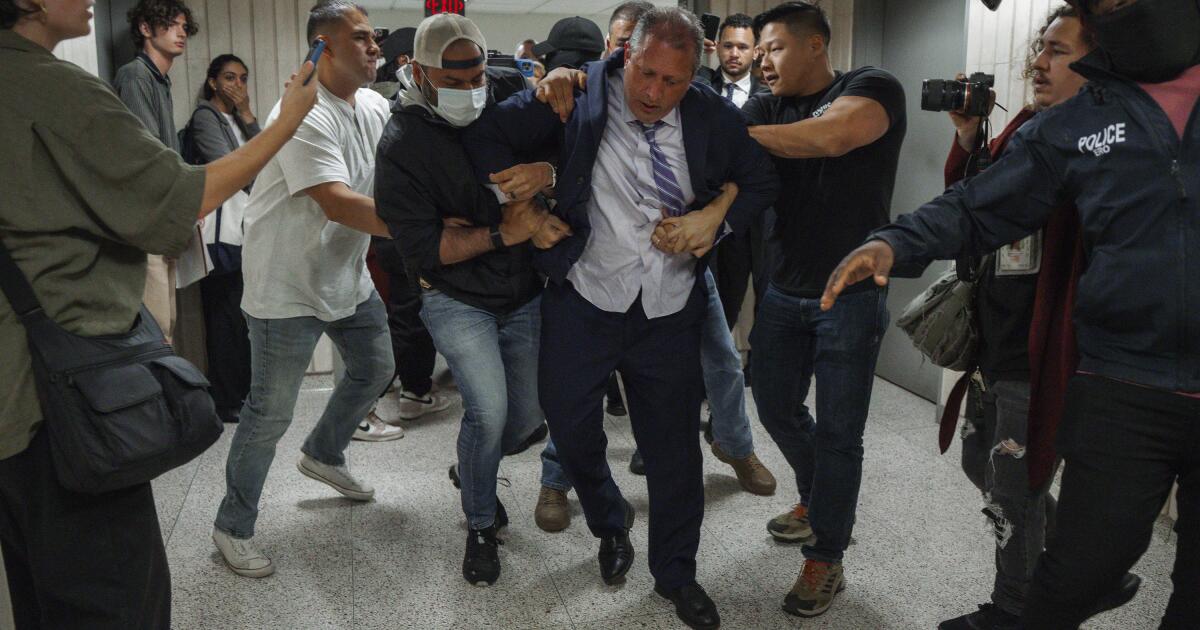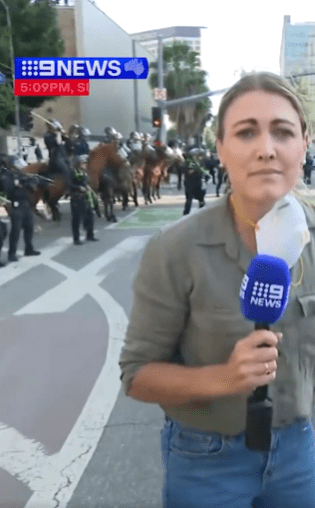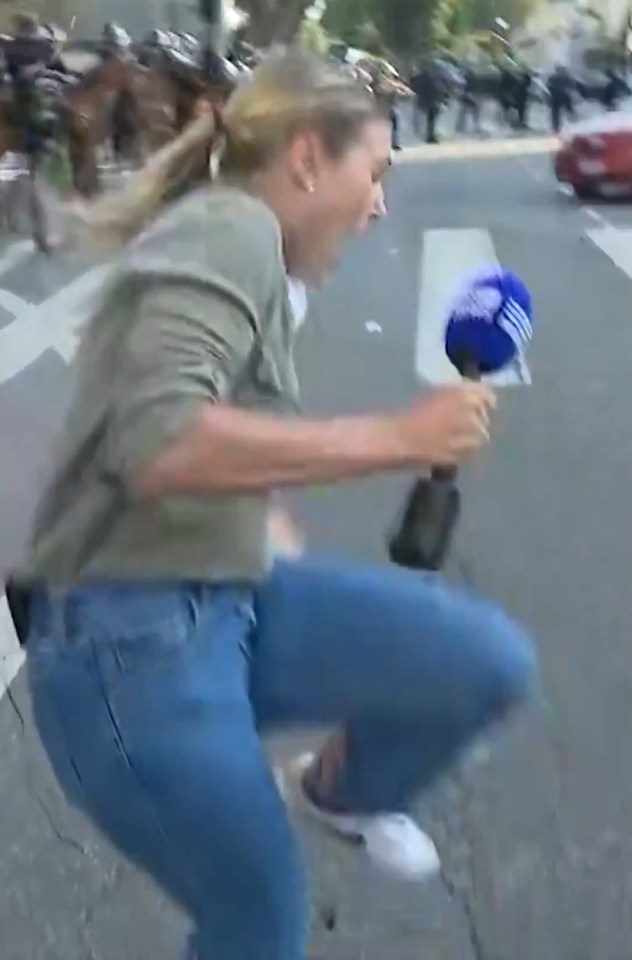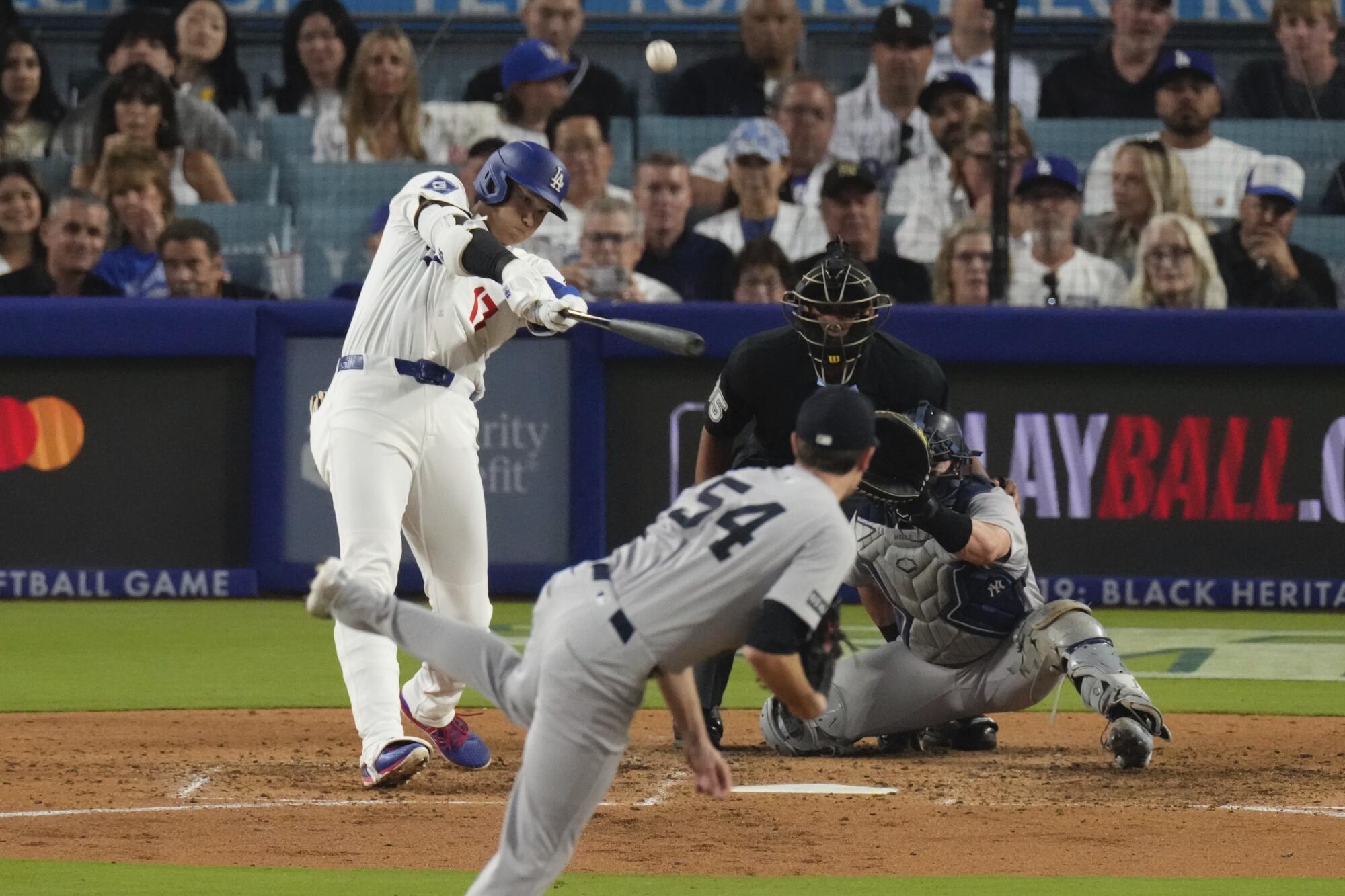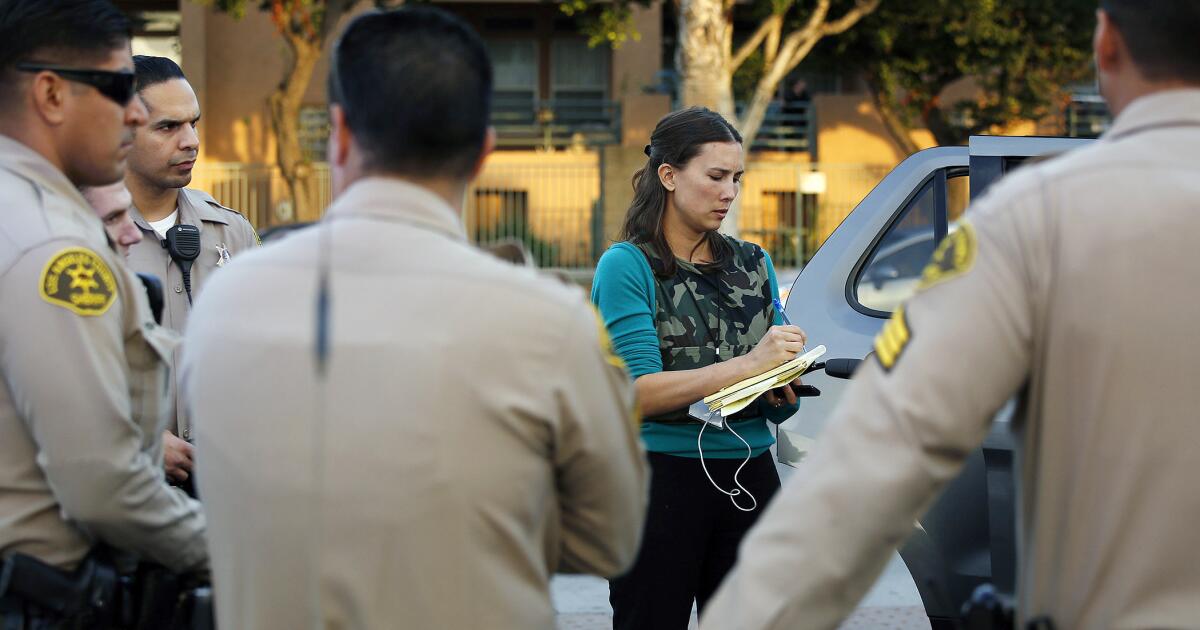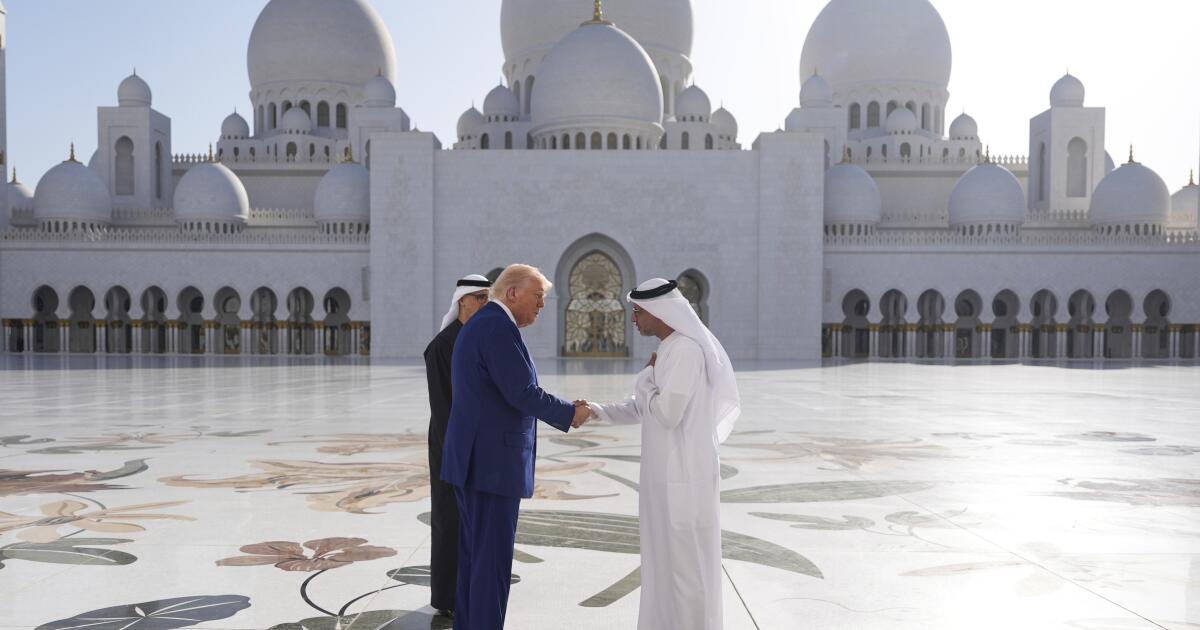Trump welcomes Philippine leader Marcos at White House and says he thinks there will be a trade deal
WASHINGTON — President Trump welcomed Philippine President Ferdinand Marcos Jr. on Tuesday at the White House, as the two countries are seeking closer security and economic ties in the face of shifting geopolitics in the Indo-Pacific region.
Marcos, who met Secretary of State Marco Rubio and Defense Secretary Pete Hegseth on Monday, is the first Southeast Asian leader to hold talks with Trump in his second term.
Marcos’ three-day visit shows the importance of the alliance between the treaty partners when China is increasingly assertive in the South China Sea, where Manila and Beijing have clashed over the hotly contested Scarborough Shoal.
As the two leaders sat in the Oval Office in front of reporters on Tuesday, Trump said they would be talking about “war and peace” and trade.
“We’re very close to finishing a trade deal, big trade deal, actually,” Trump said.
Marcos spoke warmly of the relationship between their two nations and said, “This has evolved into as important a relationship as is possible to have.”
Trump, as he does in many of his appearances, veered off topic as he fielded questions from reporters.
In response to a question about his Justice Department’s decision to interview Jeffrey Epstein’s former girlfriend, Trump launched into a long answer repeating falsehoods about his loss to Democrat Joe Biden in the 2020 presidential election and the Russia investigation during his first term, along with comments about targeting his political adversaries, including former President Obama and former Secretary of State Hillary Clinton.
“After what they did to me, whether it’s right or wrong, it’s time to go after people,” Trump said, with Marcos sitting nearby.
During the two leaders’ meeting before news cameras, they didn’t reveal details or hang-ups of any possible deal, but Trump called Marcos a “tough negotiator.”
When asked by a reporter how he plans to balance his country’s relationships between the U.S. and China, Marcos said there was no need to balance “because our foreign policy is an independent one.”
“Our strongest partner has always been the United States,” he said.
Washington sees Beijing, the world’s No. 2 economy, as its biggest competitor, and consecutive presidential administrations have sought to shift U.S. military and economic focus to the Asia-Pacific in a bid to counter China. Trump, like others before him, has been distracted by efforts to broker peace in a range of conflicts, from Ukraine to Gaza.
On Tuesday, when asked about the U.S. defense commitment to the Philippines, Chinese Foreign Ministry Spokesperson Guo Jiakun said: “Whatever cooperation the U.S. and the Philippines have, it should not target or harm any third party, still less incite confrontation and heighten tensions in the region.”
Tariffs also are expected to be on the agenda. Trump has threatened to impose 20% tariffs on Filipino goods on Aug. 1 unless the two sides can strike a deal.
On Sunday, before heading to Washington, Marcos said he intended to tell Trump and his administration “that the Philippines is ready to negotiate a bilateral trade deal that will ensure strong, mutually beneficial and future-oriented collaborations that only the United States and the Philippines will be able to take advantage of,” according to his office.
Manila is open to offering zero tariffs on some U.S. goods to strike a deal with Trump, finance chief Ralph Recto told local journalists.
The White House said ahead of the meeting that Trump would discuss with Marcos the shared commitment to upholding a free, open, prosperous and secure Indo-Pacific.
Before a meeting with Marcos at the Pentagon, Hegseth reiterated America’s commitment to “achieving peace through strength” in the region.
Marcos, whose country is one of the oldest U.S. treaty allies in the Pacific region, told Hegseth that the assurance to come to each other’s mutual defense “continues to be the cornerstone of that relationship, especially when it comes to defense and security cooperation.”
He said the cooperation has deepened since Hegseth’s March visit to Manila, including joint exercises and U.S. support in modernizing the Philippines’ armed forces. Marcos thanked the U.S. for support “that we need in the face of the threats that we, our country, is facing.”
China, the Philippines, Vietnam, Malaysia, Brunei and Taiwan have been involved in long-unresolved territorial conflicts in the South China Sea, a busy shipping passage for global trade.
The Chinese coast guard has repeatedly used water cannons to hit Filipino boats in the South China Sea. China accused those vessels of entering the waters illegally or encroaching on its territory.
Hegseth told a security forum in Singapore in May that China poses a threat and the U.S. is “reorienting toward deterring aggression by Communist China.”
During Marcos’ meeting Monday with Rubio, the two reaffirmed the alliance “to maintain peace and stability” in the region and discussed closer economic ties, including boosting supply chains, State Department spokesperson Tammy Bruce said.
The U.S. has endeavored to keep communication open with Beijing. Rubio and Chinese Foreign Minister Wang Yi met this month on the sidelines of the Assn. of Southeast Asian Nations regional forum in Kuala Lumpur, Malaysia. They agreed to explore “areas of potential cooperation” and stressed the importance of managing differences.
Tang and Price write for the Associated Press. AP writer Chris Megerian contributed to this report.

